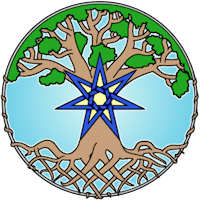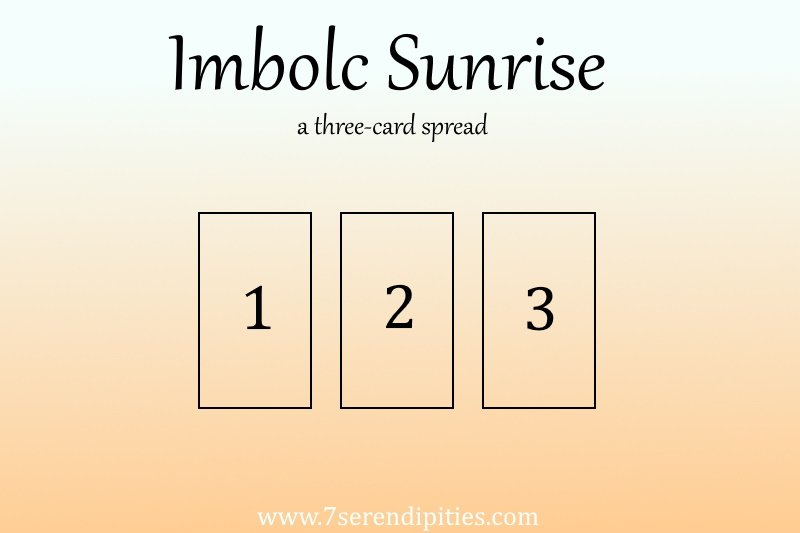I think I only did one of these last year, in September near the Autumnal Equinox, after getting the nudge from Freyja. I had thought that I would do them at the waxing quarter before the solstice and the waning moon after, from the Vernal Equinox through the Autumnal, but Bé Chuille stepped forward and asked for larger monthly workings, so I’m now doing those every waning quarter and I’ll be doing all the Falcon Flights on the waxing quarter. That’s honestly a little easier to keep track of, anyways!
So, just as a reminder, these Falcon Flights are journey paths Freyja guides me through that I am then supposed to share with those in my community. If you’re here reading this and it resonates, great! You’re part of that community. You don’t have to be a devotee or Freyja already (though you do need to be open to at least a small working relationship) and you don’t have to identify as Heathen and you don’t have to live nearby.
On the other hand, if these don’t work for you or aren’t your jam or just don’t resonate even if you are Heathen or a Freyja devotee, that’s fine too – I’m not the pagan pope! You don’t have to be part of this particular community. We’re all part of many overlapping communities and I don’t expect this blog series to resonate for everyone who likes my blog for other reasons. This series is based on my own experiences and UPG and I don’t expect everyone to agree with me or have the same viewpoints. Just scroll on, or skip reading the week of the waxing quarter. No worries.
Just: no Nazis, bigotry will not be tolerated, and bad faith arguments will get you blocked. We support Declaration 127 and Queer Liberation and Decolonization around here, and with the current state of American Heathenry, I find it best to state all of that shit up front.
And now, with no further ado, here is the script for this month’s Falcon Flight. Before you begin, prepare an offering for Freyja.
Falcon Flight: To Make a Choice
Begin in stillness, and quiet, and darkness. Find your center, and align yourself with earth and sky. As you stare at the darkness behind your eyes, feel and see as mist swirls up from the ground, obscuring everything around you. After a moment, it begins to part, leaving you standing in a flowery meadow.
When you arrive in the meadow, take a moment to observe around you, turning until you see a path. At the entrance to the path are two shrubs, and as you move on that direction, you see trees as well. Shrubs give way to trees and undergrowth on either side of the path, getting taller and denser as you move onward, until they join overhead into an arch, forming a tunnel of trees that slopes downward, getting denser and darker.
Eventually, you notice that the path has become flat, and then it begins to rise. Now the trees are thinning again, branches giving way to brightness, and as the trees again give way to shrubs, you see a gate in front of a wide plain and beyond it, the great world tree. If you have any guides or guardians you wish to accompany you, ones who can join you in flight, call to them now, before you step through the gate and make your way towards the tree.
As you approach the World Tree, circle around it clockwise, until you see an opening beneath one of the great roots. Duck under this root and enter the tunnel beneath. There is hard dirt packed beneath your feet, and the entire tunnel seems to have been hewn from that same clay-rich dirt and sandstone. Not as many feet come this way — the floor is still rough in places, so watch your step as you continue forward. There are torches set into sconces in the rough hewn walls, and their light looks like fire but you feel no heat as we continue past, and you smell no smoke or pitch.
The tunnel curves gently and then begins to rise in a gradual incline, ending in a doorway, two huge stones on either side and capped with a third. Touch one gently as you step out into the fresh air — these are worn by the elements and smooth to the touch. If you look back to the entrance, you will notice that on this side, the tunnel leads into what looks like a large burial mound, standing alone in a large clearing, though the forest is slowly encroaching from all sides.
Smell the air — the pine sap scent is strong, and your nose can tell there is moving water somewhere nearby, even if your ears cannot yet hear it. Now you should continue, following a clear trail deeper into the forest. Your footfalls are muffled by pine needles, and the air seems still. The scent and after a while the sound of water is to your left as you walk, and after a short time, you arrive at a fork, with three paths to choose from.
One path curves to the left, and you can just make out a bridge over a creek in the distance. The one to the right seems to vanish into the trees. Continue down the middle path, which leads straight ahead. After a while, the trees seem to thin a bit, and the underbrush grows less tangled. There is a little smoke in the sky, above the rise of the hill, as though it comes from a hearth-fire, and you follow the path towards it.
As the path reaches the edge of the forest, and the pine needles give way to a large open field, your eyes are drawn to the great hall. It is large, and you know at once to whom it belongs. This is Freyja’s Hall, Sessrumnir, and you are in Folkvangr. Approach the door, and when the guard calls out his challenge, announce yourself and your purpose, and hand him the offering you brought for his Lady. He will give you a cloak in return. Put it on, and step inside.
Inside, the hall is dark, and folks wearing cloaks talk in hushed tones and whispers, gathered in small groups. If you would talk to Freyja today, approach the dais and speak.
When you are finished, move towards the closed door, opposite the one you came in. A cleric is there, to let you know when it is your turn. When they motion to you, move forward, and pull your cloak over your face so that it falls to your chin, obscuring your vision of everything except yourself and the floor. Open the door, and enter the room. Someone else is in here, but you can only see their dark robe and their two hands, outstretched. In each palm is an object. Choose one, and take it. If you speak to the person, they will answer, but you must make the choice before you can leave this room.
When you have chosen an object, you will be allowed to continue on. A door will open or a portal will appear – you may remove your hood and call to your guides to join you before you step through. What you find on the other side will be important, and personal, based on the object you chose.
…
When you are finished with your time in that other place, a trail of amber stones will begin to glow, illuminating a path back to Folkvangr and the path that will lead you back to the World Tree. You may stop at the hall along your way, if you wish. When you are ready to depart, go back the way you came: through the forest, to the mound, through the mound-tunnel and out from under the root, across the plain, and back to the gate, through the tunnel of trees, and back to the meadow. Then the mist will swirl up again, and take you back to your body.





